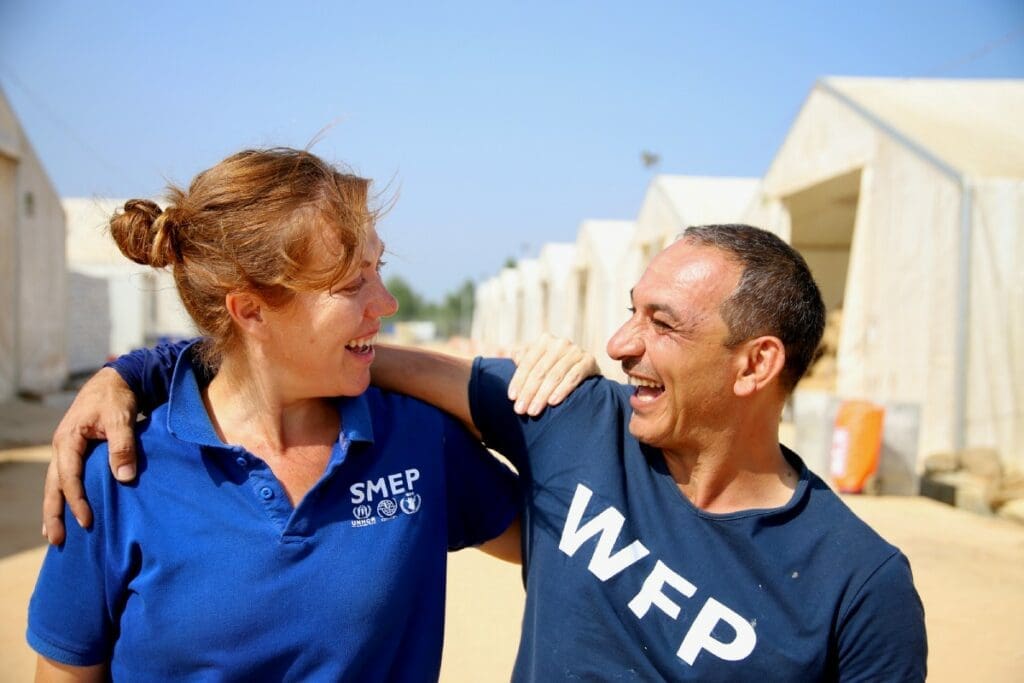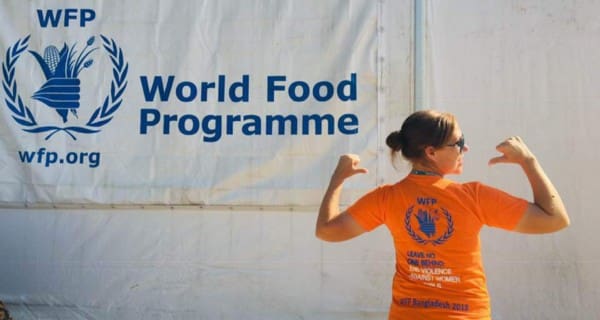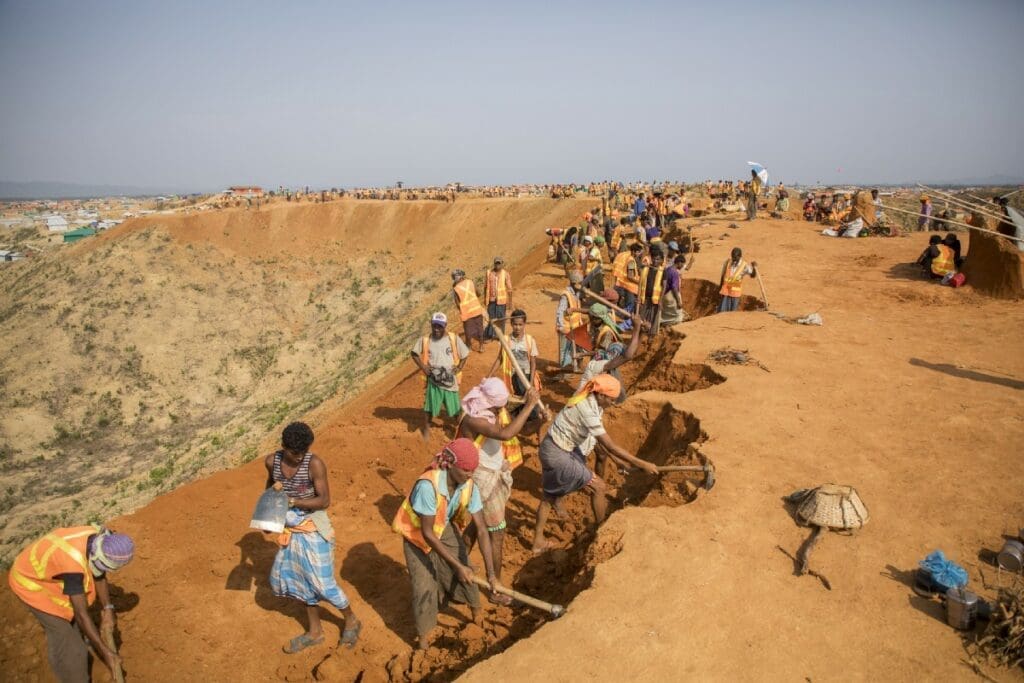An Engineer’s Life Inside Cox’s Bazar, the World’s Largest Refugee Camp

As a young girl, looking at different buildings, I always wondered how they were constructed, what was behind the façade. Many young engineers were inspired by Lego and building blocks but for me it was the beautiful architecture of Seville where I grew and that kept me fascinated.

Conso (left) with her colleague Mosa.
Driven by my childhood dreams, I wanted to pursue engineering and started working in the private sector as an engineer. I was so happy to follow my passion but after 17 years I felt something was missing and I was not completely satisfied. I began volunteering with NGOs and that’s when I realized that I needed a change in my life and that I wanted to work for humanity. I did a Master’s in humanitarian aid and development to have a better understanding of humanitarian sector.
I am working with World Food Programme as a Construction Engineer in Cox’s Bazar as a part of the interagency Site Maintenance Engineering Project (SMEP) with IOM and UNHCR.
I started working in Cox’s Bazar last year during the monsoon season. The engineering team had been working hard to build and repair infrastructure so people could continue to have access to food and other items no matter how heavy the rain was.

Once the monsoon started we had more challenges ahead. We had to prepare safe land for refugees living in high risk zones. We worked tirelessly to save lives from landslides or any other accident that can happen with heavy rains and treacherous terrain. We were constantly on red alert — at any moment we could be called to go to the field to supervise a repair or recovery operation. I remember working in camps, soaking in rain, covered in mud. But when I think about the 4000 families we moved to a safer land, who were living in vulnerable areas, the hard work we put to keep the roads open so that trucks can go with foods and other aid items, I feel accomplished.

Rohingya refugees work to flatten land before 2018’s monsoon season.
Time here passes very fast and I have been so invested in my work that I never realized the change around me. But when I take someone to the camps who hasn’t been here since the start, they always exclaim how much it has changed. That’s when I realize how much we have achieved as a team. If you travel around the camps now, everywhere you go you can see SMEP working — sometimes in very difficult conditions. There are new safer spaces for the refugees, camps are connected by new culverts and bridges, roads have been built where there were none, drainage has been installed and hills have been stabilized using terracing, rings and planting.

WFP staff and refugees have built roads and bridges to keep families safe.
The camps have changed shape dramatically in the last 12 months. This is a result of the hard work of many people, from right here in the camps, from all over Bangladesh and from the four corners of the world. I feel so lucky in this job as part of the engineering team as it is a big family — we have all been helping each other every day and which makes everything easier and better. I am where I want to be, this is my dream come true.
There are more than 900,000 people living as refugees in Cox’s Bazar and WFP is providing life-saving assistance to more than 95% of them.
This story was written by Shorif Sonia and originally appeared on WFP’s Insights.




